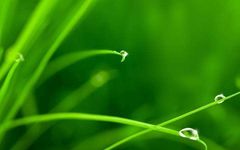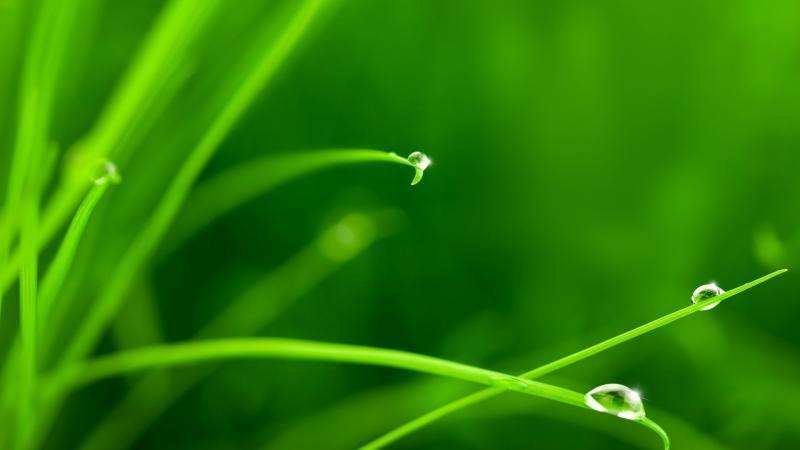
Sluggishness and heaviness, prone to obesity.
The “phlegm” referred to here is not the secretion produced in the trachea,
but rather waste accumulated from the body’s fluids that have not been properly transformed.
The most significant symptom of a phlegm-damp constitution is obesity.
However, not all obese individuals have a phlegm-damp constitution.
The formation of a phlegm-damp constitution is mainly related to insufficient spleen function.
About 70% of the human body is water, akin to a river.
The upper reaches of the river are managed by the lungs, the middle reaches by the spleen, and the lower reaches by the kidneys.
The most critical aspect is that the “spleen governs transformation and transportation“.
Once the spleen is relatively deficient for a long time, the so-called phlegm-damp constitution will manifest.
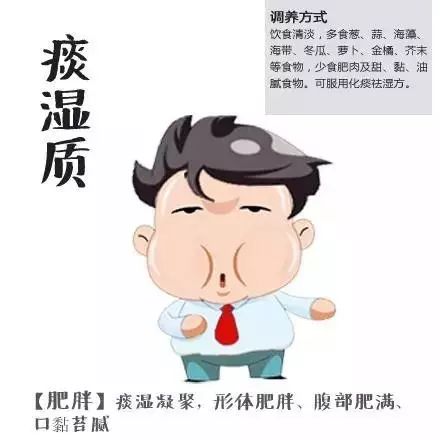
What is a phlegm-damp constitution?
Symptoms of phlegm-damp constitution
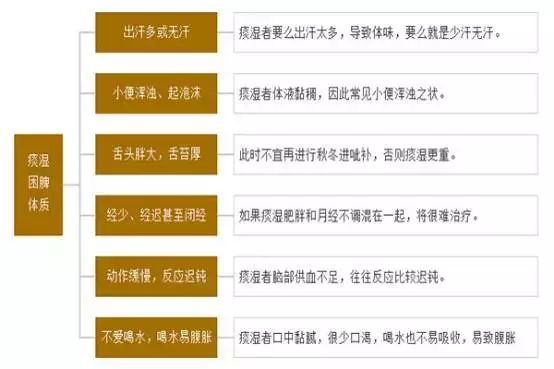
1. Obesity: Most commonly presents as a large abdomen, due to the relative insufficiency of the spleen and stomach’s transportation and transformation functions, leading to improper distribution and dispersion of body fluids, resulting in phlegm-damp.
2. Excessive sleepiness: Individuals with phlegm-damp have thicker blood, leading to brain hypoxia and insufficient blood supply to the brain, resulting in poor memory and decreased attention. Especially those with spleen deficiency tend to feel sleepy in the morning.
3. Oily skin: The skin’s pores are also a metabolic pathway of the body; phlegm-damp individuals often have oily and sticky skin metabolites, making them prone to acne.
4. Slow movements and dull reactions: Phlegm-damp individuals often have insufficient blood supply to the brain, resulting in slower reactions.
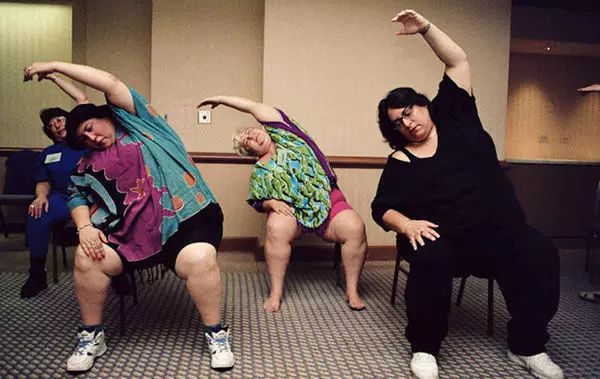
5. Enlarged tongue (with teeth marks on the sides), thick tongue coating: The tongue body is pale and relatively plump, with visible teeth marks on the sides, and the tongue coating is often thick and white; phlegm-heat may present with yellow tongue coating; phlegm-cold may present with white tongue coating.
6. Scanty menstruation, delayed menstruation, or even amenorrhea: This condition is prone to polycystic ovarian tumors. If phlegm-damp obesity is accompanied by menstrual irregularities, treatment duration must be extended.
7. Dislike of drinking water: The mouth feels sticky, rarely thirsty, and drinking water is not easily absorbed, leading to abdominal bloating. Cloudy and foamy urine: Phlegm-damp individuals have viscous body fluids, hence cloudy urine is common.
Diseases easily caused by phlegm-damp constitution
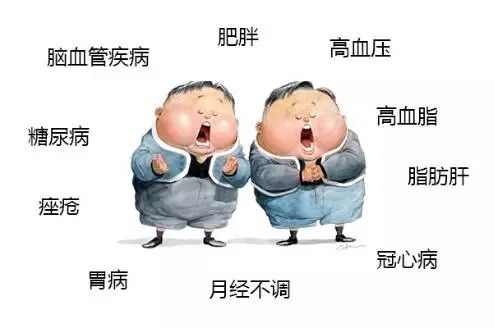
Obesity—— “Obese individuals often have phlegm-damp, while thin individuals often have internal heat”; phlegm-damp individuals are prone to obesity.
Hypertension—— Generally accompanied by symptoms such as chest tightness, nausea, dizziness, and swelling.
Hyperlipidemia—— Phlegm-damp increases blood viscosity, easily leading to hyperlipidemia.
Fatty liver—— Fatty liver caused by alcohol consumption, greasy diet, and staying up late is mostly related to phlegm-damp constitution.
Coronary heart disease—— Phlegm-damp leads to hyperlipidemia, which may further develop into coronary heart disease.
Cerebrovascular diseases—— Hyperlipidemia and hypertension can easily lead to cerebrovascular diseases, such as stroke or transient cerebral ischemia.
Acne—— Individuals with phlegm-damp constitution often have oily skin, making them prone to acne.
Gastrointestinal diseases—— Individuals with phlegm-damp constitution often suffer from gastrointestinal diseases due to dietary indiscretion over time.
Menstrual irregularities—— Prone to delayed menstruation, scanty menstruation, or even amenorrhea.
Focus on tonifying the lungs, spleen, and kidneys. Use warming and drying herbs such as Ban Xia (Pinellia), Fu Ling (Poria), Ze Xie (Alisma), Gua Lou (Trichosanthes), Bai Zhu (Atractylodes), and Che Qian Zi (Plantago). However, remember to stop when the condition improves and do not take them long-term.
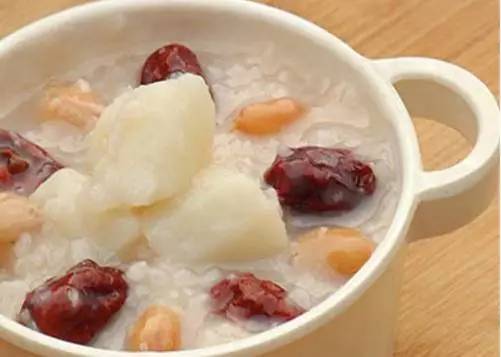
Er Chen Tang (Two-Cured Decoction)
When the lungs fail to descend and disperse, they should be encouraged to transform phlegm. It is used for damp-phlegm syndrome, with symptoms of excessive phlegm cough, nausea, vomiting, chest oppression, heaviness in limbs, or dizziness and palpitations, with a white and slippery tongue coating.
Shen Ling Bai Zhu San (Ginseng and Atractylodes Powder)
Tonifies qi and strengthens the spleen, drains dampness, and stops diarrhea. It is used for spleen deficiency syndrome, with symptoms of undigested food, chest oppression, intestinal rumbling, diarrhea, fatigue in limbs, pale and white greasy tongue coating, and weak pulse.
Liu Jun Zi Tang (Six Gentlemen Decoction)
Tonifies qi and strengthens the spleen, dries dampness, and transforms phlegm. It is used for spleen and stomach qi deficiency with damp-phlegm syndrome, with symptoms of poor appetite, loose stools, chest oppression, and vomiting.
Xiangsuo Liu Jun Zi Tang (Aromatic Six Gentlemen Decoction)
Tonifies qi and strengthens the spleen, moves qi and transforms phlegm. It is used for spleen and stomach qi deficiency with phlegm obstruction and qi stagnation, with symptoms of vomiting, chest oppression, loss of appetite, abdominal distension, fatigue, or qi deficiency and abdominal fullness.
Chen Xia Liu Jun Wan (Pinellia Six Gentlemen Pill)
When the spleen is not functioning well, it should be strengthened to transform phlegm and tonify the spleen and stomach. It is used for spleen and stomach deficiency with symptoms of poor appetite, undigested food, abdominal distension, and excessive phlegm.
Ping Wei San (Calm the Stomach Powder)
Dries dampness, strengthens the spleen, and relieves distension. It is used for spleen deficiency with damp obstruction, with symptoms of chest and abdominal distension, bland taste, no thirst, and loss of appetite.
Healthy diet
Eat less sweet, sticky, and greasy foods, drink less alcohol, and avoid overeating. Consume more light foods that strengthen the spleen, drain dampness, transform phlegm, and eliminate dampness, such as white radish, scallions, ginger, ginkgo, and red beans.
Glutinous Rice and Yam Porridge
Ingredients: Glutinous rice, goji berries, rice, yam
Method: Peel and wash the fresh yam, then cut it into small pieces for later use; soak the goji berries in water until soft; cook the rice and glutinous rice together to make porridge, adding the yam when it is about 70% cooked, and adding goji berries and appropriate seasonings before serving.
Effects: This recipe can effectively tonify the kidneys and benefit the lungs, and is very effective for treating qi deficiency constitution.
Methods to eliminate dampness——Moxibustion
For individuals with phlegm-damp, it is essential to strengthen the spleen and tonify spleen yang while eliminating dampness. The most effective method for eliminating dampness is moxibustion.
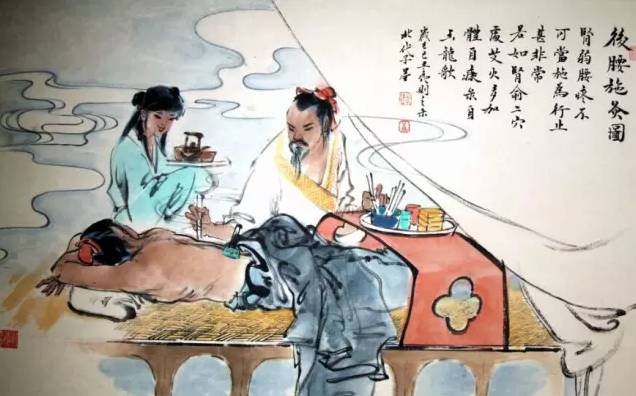
Recognizing several acupoints for dampness elimination, performing massage and moxibustion on these points can effectively expel dampness.
Acupoints: Shen Que (Ren 8), Guan Yuan (Ren 4), Zhong Wan (Ren 12), Tian Shu (ST 25), Zu San Li (ST 36).
Principle of dampness elimination: The acupoints around the navel have the effect of strengthening the spleen and eliminating dampness, while Zu San Li warms yang and the stomach.
Effects: Warming yang, nurturing the source, tonifying qi, and eliminating dampness.
【Shen Que Point】
Shen Que is the navel, also known as the center of the navel, and is a key acupoint on the Ren meridian. It is located at the navel, parallel to the Ming Men point. This area should not be massaged but should be warmed with moxa.
Location: At the center of the navel. Technique: Moxibustion, for about 15 minutes.
【Guan Yuan Point】
This point is located three inches below the navel. It is an important acupoint for women to improve gynecological diseases, with functions of nurturing the source and tonifying the lower jiao; it can be used for any deficiency of vital energy.
Technique: Use a vibration method, with both hands crossed and placed on the Guan Yuan point, applying slight pressure, then quickly moving the hands up and down in small motions. This can be done anytime and anywhere. Do not apply excessive force; you can also use kneading, as long as there is a feeling of soreness and swelling in the area. Moxibustion is more effective.
【Zhong Wan Point】
This point is located in the middle of the stomach, hence called Zhong Wan. Zhong Wan can regulate the yin and yang of the stomach’s qi and blood, and has the functions of harmonizing the stomach, strengthening the spleen, and promoting water metabolism. If the stomach qi is deficient, it can easily lead to stomach and abdominal pain, nausea, acid reflux, diarrhea, and constipation. Massaging Zhong Wan can enhance stomach care.
Location: Upper abdomen, at the midpoint of the line connecting the xiphoid process and the navel.
Technique: Kneading and moxibustion.
【Tian Shu Point】
Tian Shu can treat gastrointestinal diseases and is the gateway for stomach qi; qi and blood continuously flow into the large intestine from this point. If the stomach is uncomfortable, massaging Tian Shu can help.
Location: In the middle abdomen, two inches on either side of the navel, one on each side.
Technique: Kneading or moxibustion.
【Zu San Li Point】
Sun Simiao once said: “If you want to be healthy, Zu San Li should be regularly stimulated.” This acupoint has the effects of strengthening the spleen, warming the stomach, warming yang, promoting diuresis, and stopping diarrhea, making it a key acupoint for health maintenance. In the past, officials entering Sichuan used moxibustion on Zu San Li to prevent the invasion of dampness and miasma.
Location: On the outer side of the lower leg, three inches below the outer knee, one finger breadth from the anterior edge of the tibia.
Technique: Moxibustion or kneading, for about 10 minutes each time.
In addition to the well-known health acupoints mentioned above, there are several other important points:
【Yin Ling Quan】
For individuals with heavy dampness, pressing on Yin Ling Quan will be painful; those with spleen deficiency often have dampness accumulating here, leading to a yellowish complexion over time. Scraping or moxibustion on Yin Ling Quan can help eliminate dampness, clear damp-heat, strengthen the spleen, and regulate qi.
【Xue Hai】 This is a key point for blood generation and promoting blood circulation.【Feng Long】 This point is where the water and dampness of the stomach and spleen converge. Long-term pressure can help eliminate phlegm and dampness, making it a weight loss point for those with phlegm-damp constitution.
【Cheng Shan Point】
Pressing on Cheng Shan will often result in a noticeable soreness, which is due to the presence of dampness in the body; after massaging Cheng Shan for a period, one may feel a slight warmth in the body, indicating that the yang energy on the bladder meridian is at work, helping to expel dampness as the body temperature slightly rises.
Physical exercise
In addition to dietary and medicinal approaches, it is also important to maintain a cheerful mood and engage in regular physical exercise. Individuals with a “phlegm-damp constitution” tend to feel heavy and fatigued, so consistent exercise is essential. Activities such as walking, jogging, ball games, martial arts, Ba Duan Jin (Eight Pieces of Brocade), and dancing are recommended. The amount of activity should gradually increase to help tone and firm the body.
Moxibustion – magnetic therapy moxibustion patches warm the meridians, promote qi, invigorate blood circulation, and eliminate dampness and cold.
When the gallbladder and stomach are in rebellion, it is easy to get overheated; use the following to cool down.
Those who sweat easily are often burdened with phlegm-damp.
“Er Chen Wan” eliminates phlegm-damp and clears the stomach; it is especially needed in summer!
Due to phlegm-damp, there is an evil saying that “Guangdong has no beauties”.
Yu Hao: How to eliminate excess water and dampness from the body.
“Cold-damp holy agent” Wu Ji San is also very effective for gynecological diseases.
The steps to illness: deficiency leads to cold, cold leads to dampness, dampness leads to stagnation… tumors lead to cancer! How to break this cycle?
Shen Jin Dan treats shoulder periarthritis, wind-cold-damp bi.
Effective remedies for rheumatism.
Spleen and stomach damp-heat can lead to numerous diseases!
This simple formula can easily eliminate dampness from the body.
Classic: A guide to resolving “deficiency-cold-damp”!
Cold easily injures yang qi, and dampness also easily injures yang qi; what is the difference between the two?
Yellow greasy coating is just damp-heat? There may also be qi deficiency and yang deficiency.
After the beginning of autumn, first eliminate damp toxins, then replenish.
The story of the cat catching the mouse contains great wisdom for eliminating dampness and strengthening the spleen!
Why does heavy dampness lead to obesity? After reading this article, it all makes sense! (Includes damp-eliminating prescriptions)
Zhu Liangchun: Resolving rheumatism, all treatment principles are here.
Do you think the medical sage only treats cold damage? He is equally adept at treating damp-heat!
Low white blood cell count and rheumatoid arthritis.
[Health] Euryale is the most powerful for eliminating dampness.
Wind-damp cold syndrome.
55 vegetarian dishes, no repetition, healthy living, infinite merit.
========== END ==========
Warm reminder: This platform shares health-related graphic information for reference and learning purposes only, and should not be used as a basis for medical diagnosis. If needed, please consult a physician for guidance.
⊙ Copyright statement: The article is sourced from the internet; if there is any infringement, please contact us for removal.
As parents, not knowing medicine is unkind! As children, not knowing medicine is unfilial!
Can’t find a good TCM practitioner? Why not learn TCM yourself!
In the menu of this account, there is a complete introductory series and video series. Everyone is welcome to learn.
Learn ancient TCM, the transmission of Shang Han Lun (Treatise on Cold Damage).
Virtue carries all things! Herbs and minerals only treat physical ailments; cultivating oneself and nurturing virtue is the way to eliminate inner demons!
Wishing: Peace and harmony in the world, clear sun and moon; timely wind and rain, no disasters; prosperity and peace for the nation, no need for weapons; promoting virtue and kindness, practicing propriety and humility; no thieves or grievances; the strong do not bully the weak; everyone gets their due; no one suffers from illness, and everyone enjoys wealth and health; longevity and good virtue, starting and ending well.

